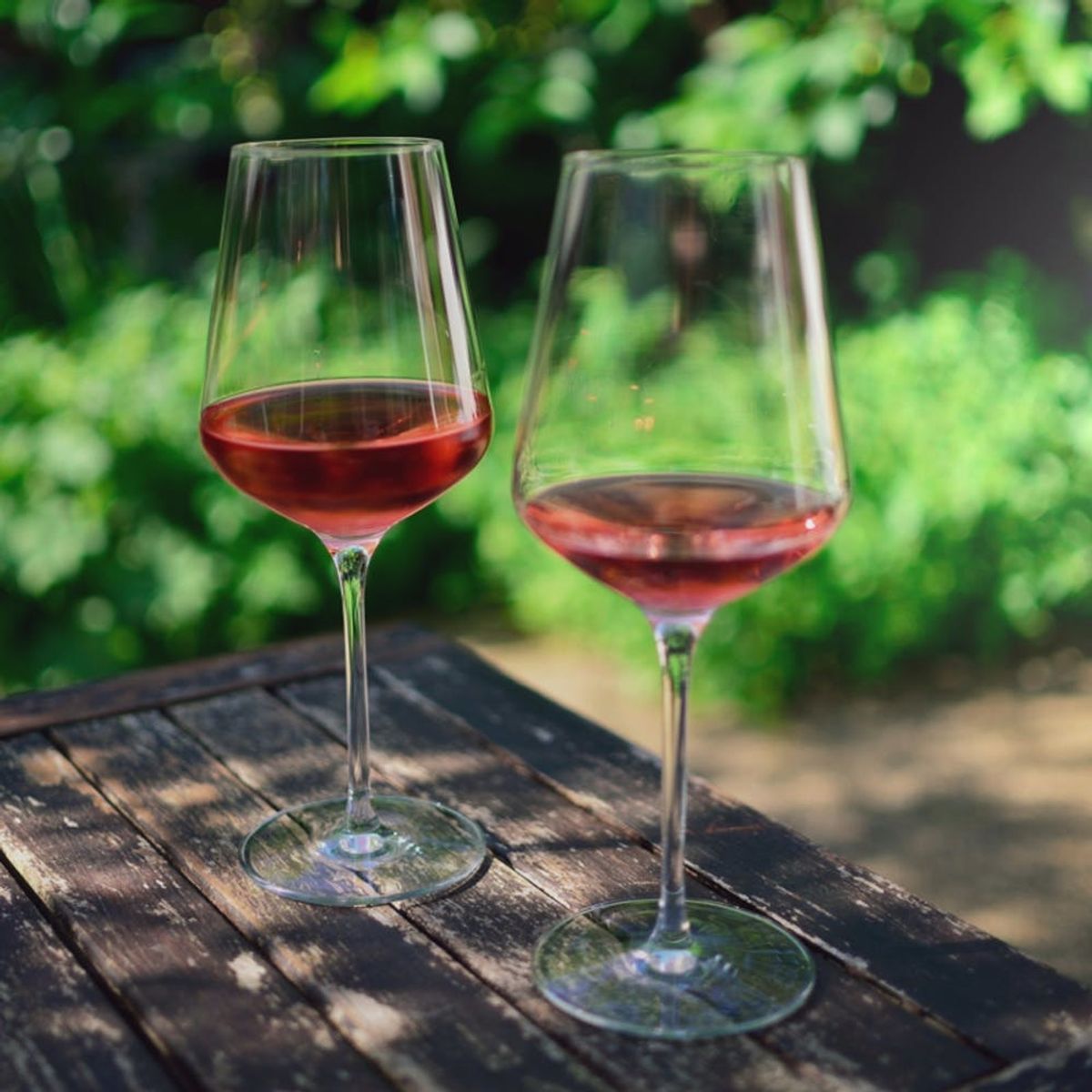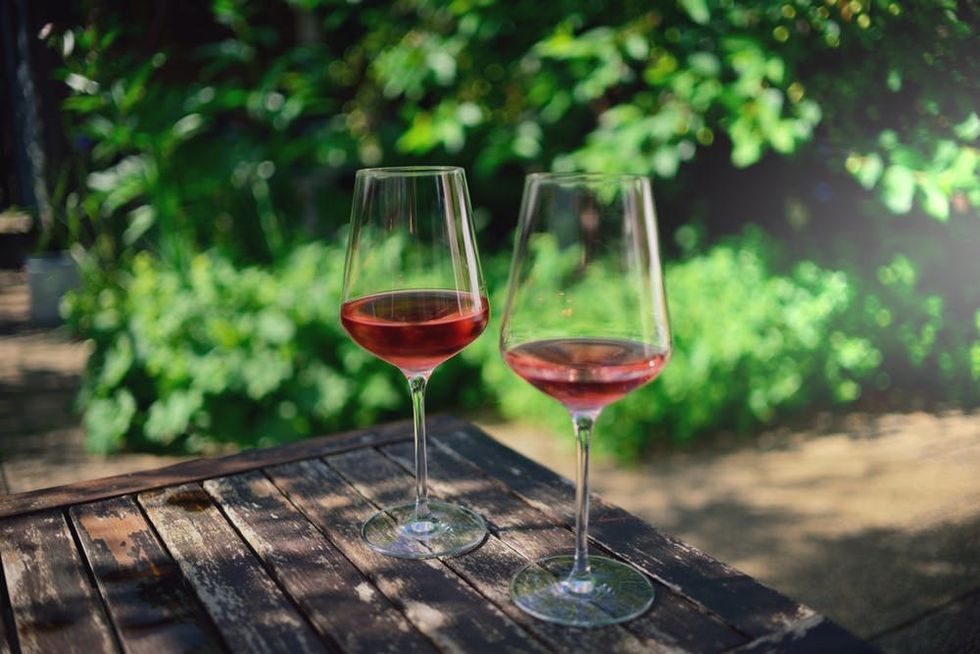Rosé all day — but why?
6 Surprising Facts About Rosé You Probably Didn’t Know

We’ve been obsessed with rosé for years — from a classic pour to forty-ounce bottles to pitchers of frosé, these pink wines are our go-to for summertime socializing. They’re light, they’re refreshing, they’re… made from red grapes? Now that we think about it, while we can spot a bottle of Whispering Angel from a mile away, there’s still a lot we don’t know about our beloved drink. To prep for rosé party season, we brushed up on our facts — and are sharing the best six below.

1. Rosé may have been the first wine — ever. The Greeks brought grapevines and winemaking to France’s Provence region around 2,600 years ago. They believed that pale pink wine was superior to either red or white, producing it almost exclusively. Even when the Romans moved in with their beloved red wine, they kept the rosé vines around because they learned to love it too.
2. It’s best to start ’em young. Unlike most reds and many whites, rosé is almost never meant to be aged — ideally, you’re always drinking the current vintage to get the best expression of the wine. Of course, there are always exceptions, but nine times out of 10, aging rosé isn’t really a thing.
3. The color doesn’t correspond to sweetness. There’s a common misconception that the paler the pink, the drier the rosé will be. But remember, all grape juice runs clear, whether it’s from a white or red grape. So in fact, the color only has to do with how long the grape skins stay immersed in the juice during the fermentation process: The deeper the hue, the longer the contact.

4. White Zinfandel is a rosé — and it started as an accident. Back in the 1970s, Bob Trinchero at Sutter Home was working on a classic dry rosé when the batch stopped fermenting halfway through, meaning the residual sugar never completely converted to alcohol. Instead of starting over, Trinchero bottled the sweet mistake, which went on to become the United States’ best-selling premium wine by 1987.
5. It’s always cheap, easy, and delicious. Since it doesn’t require as much time and labor as many other wines, you can easily find many delicious rosé options for under $14 a bottle. Additionally, rosé is one of the best “patio wines” — it doesn’t require pairings to appreciate, it’s often low in alcohol, and with so many varieties, there’s a bottle for every palate. Barring a few exceptions, more expensive bottles are generally nothing more than a marketing tactic.
6. Provence is where rosé started — but it didn’t stop there. Like we mentioned above, the Greeks brought rosé to the Provence region thousands of years ago, which means the vintners there have had millennia to perfect their winemaking techniques. But while Provence is still definitely the go-to for superior rosé, now that it’s so popular, there are wineries across the globe exploring their own spin on our favorite pink wine. Oregon, South Africa and, yes, even Greece are all producing some truly tasty and complex rosés.
Do you have a favorite rosé you’re stocking up on for summer? Tweet us @BritandCo to share your pink wine hookup!
(Photos via Getty)


















